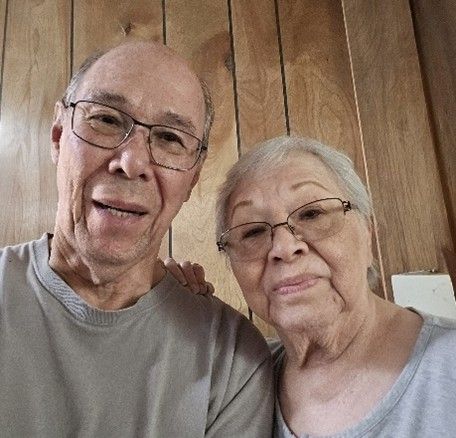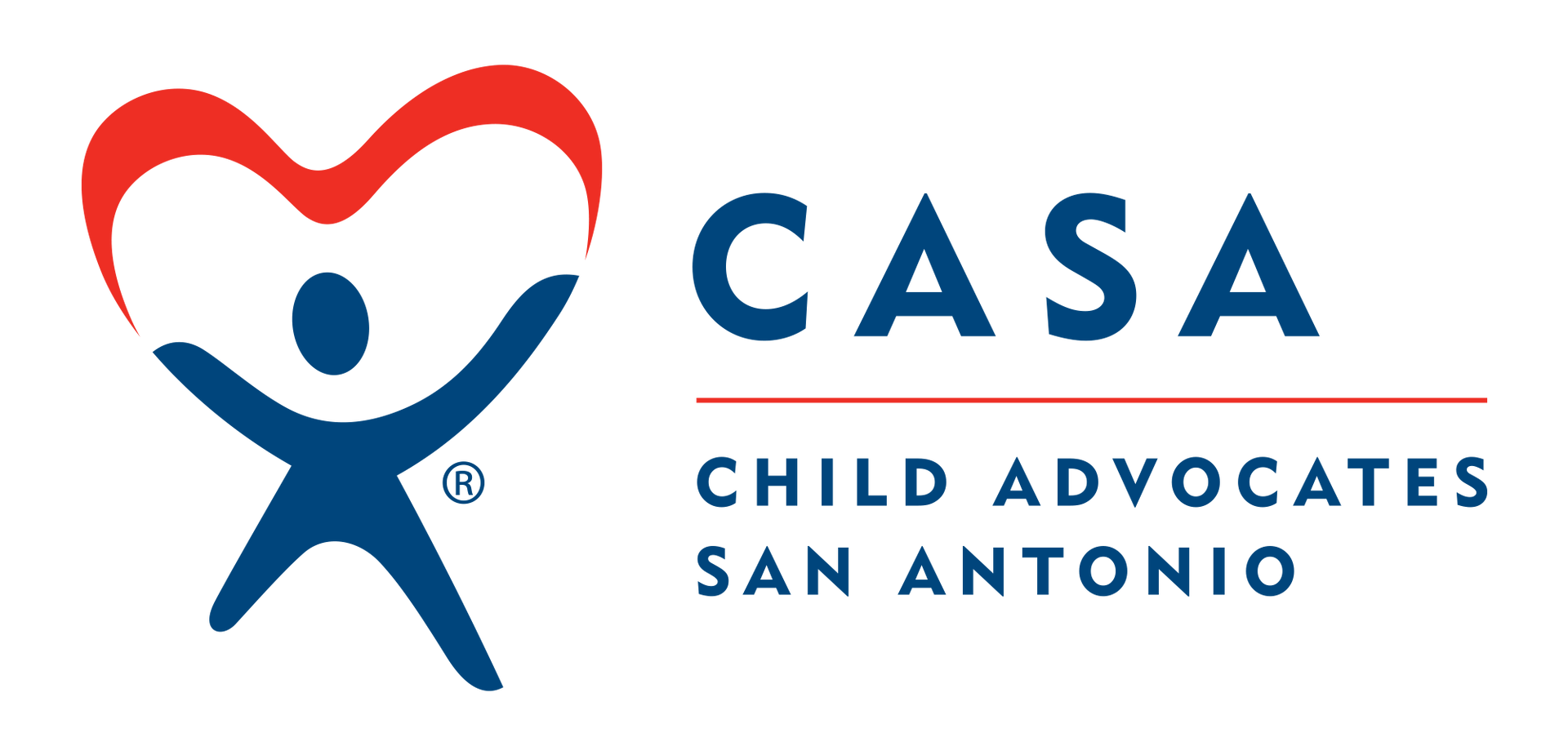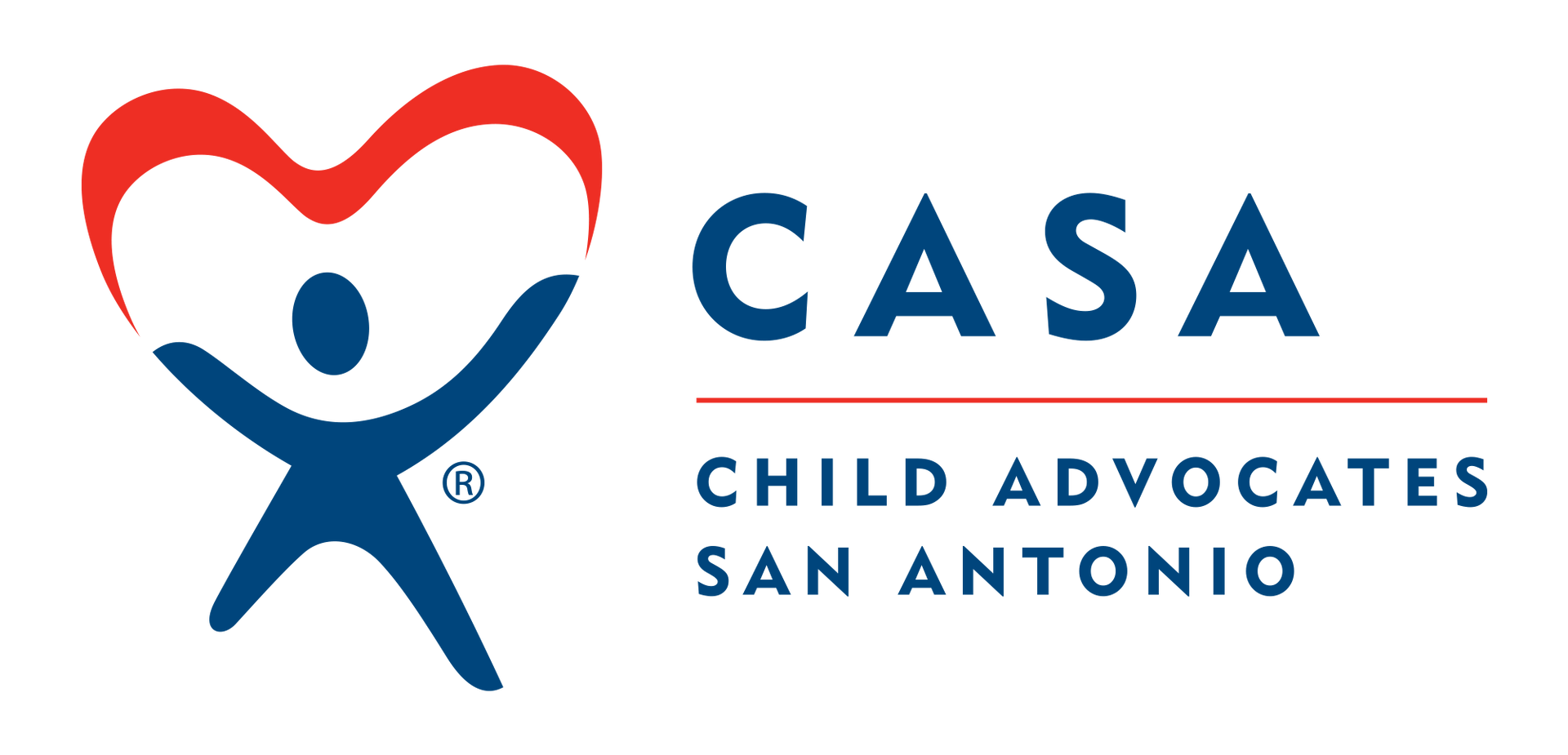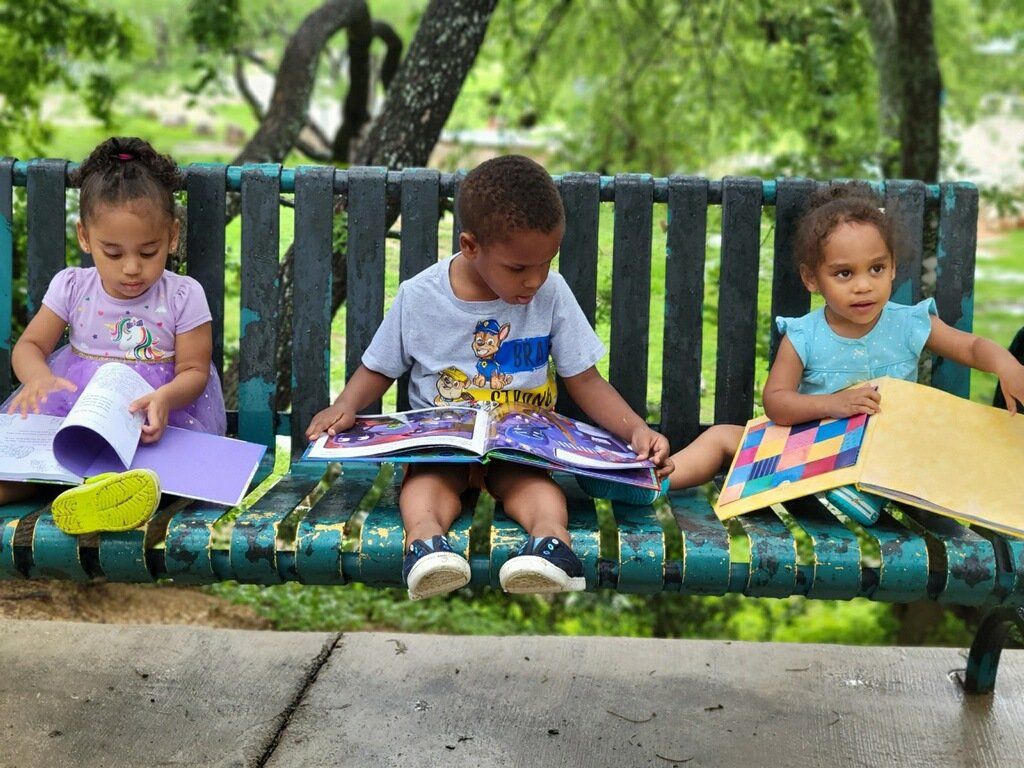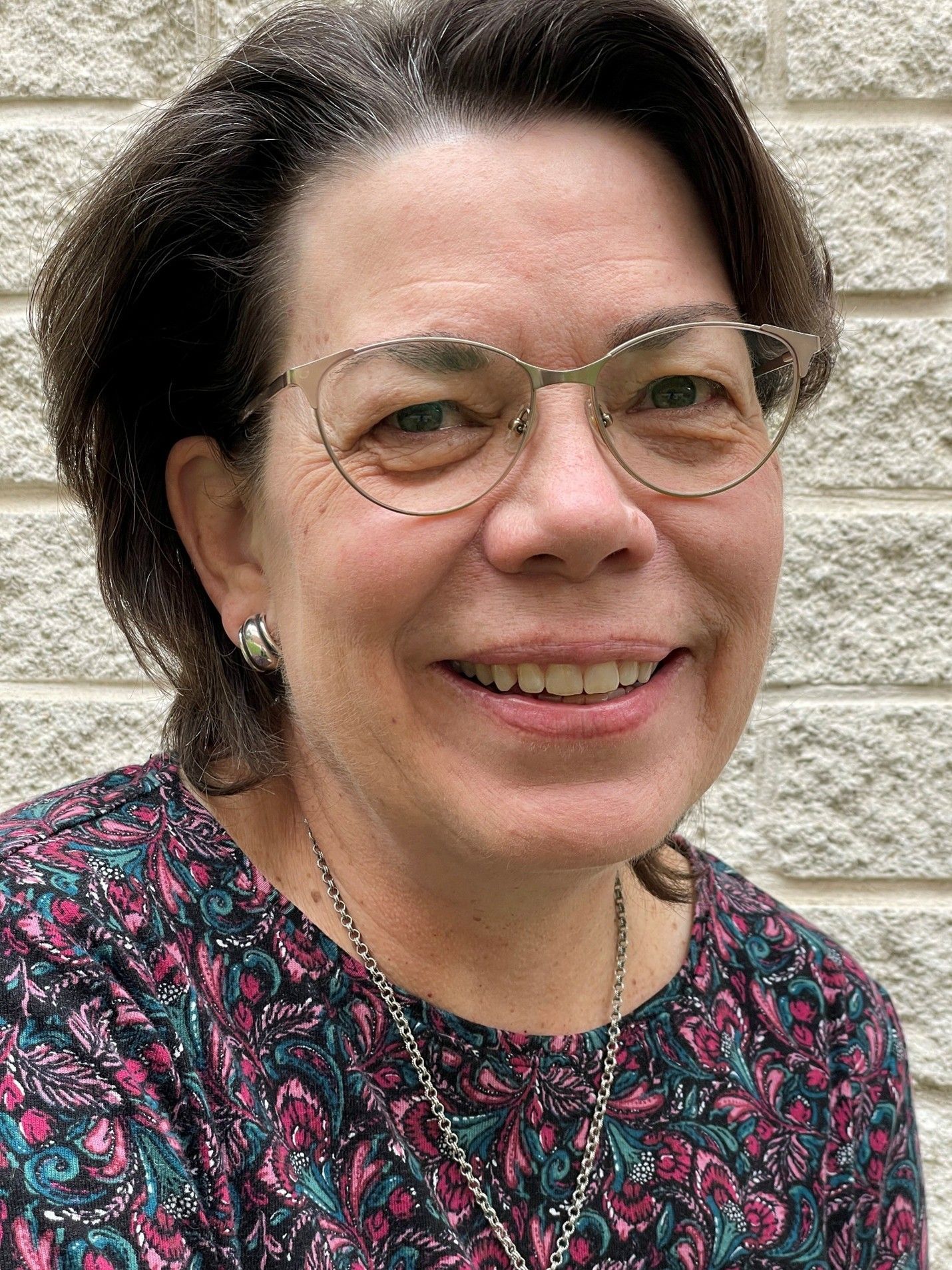Story of Hope: Caroline Hackspacher
Advocate Impact Story
I moved to San Antonio from Brazil and became a CASA in 2019. Becoming a CASA offered me an experience beyond helping children of abuse and neglect. Although the training was informative, it never could have fully prepared me for the reality of the journey that I would embark. This experience would have an everlasting impact on my life.
In the beginning, everything was new and I often relied on my CASA supervisor for support. The significance of my role was solidified when preparing my first court report. It was then that I understood the importance of conveying objective information, while working towards the legal advocacy of the children.
I felt one of the toughest moments was conducting the case selection and seeing a detailed account of the abuse and neglect history that brought about the legal case. A particular detail was reading the physical abuse endured by the two children at a tender age of 4 months. Another area of concern was the emotional abuse of the oldest child, which would become more apparent to me during future interactions. I knew these were the children that I chose to support. One of the strengths going into this case was knowing that the children were placed with a fictive kin rather than a foster home.
While gathering information to include in my first court report and assessing the needs of the children, I was reminded that as an advocate I could make recommendations in order to meet those needs, an example being one of the children had severely poorly kept hair which resulted in matting which caused the child to cry out of frustration. Utilizing my court report, I was able to highlight this concern and lead the Judge to order a haircut to take place immediately. We learned that in general, parents can determine whether or not a haircut can occur. In my case, the mother strongly opposed. When it comes to advocacy for the children there is no small matter if it alleviates their discomfort and leads to a resolution especially for the situations we so easily take for granted.
While assigned to my case for 16 months I was able to assess the medical needs of the children. When I first met one of the children, it was apparent that he struggled to make eye contact and seemed to keep his distance from me. Prior to my first meeting, I was aware of his speech delay, however through consistent monthly interactions it became evident that he struggled with his verbal communication and could not maintain eye contact. After some months, he started to feel more comfortable and I could tell the relationship between him and I developed deeper. I began visiting them more often because I noticed that simply observing and frequent contact with younger children who do no talk would be helpful. From my observations along with records review, my next steps focused on the medical advocacy which was recommending the start of speech therapy sessions; which were needs that were emphasized through my court report. I was able to have consistent communication with CPS, the providers, and his teachers. Through communication with his teacher, I was able to gather information of his personality, talents and achieved milestones. Establishing a positive relationship with his teacher was important in order to verify if he was receiving services and making progress.
One of the youngest children had to be examined by a hand specialist who confirmed that corrective surgery would be needed to address two immobile fingers on her right hand. CPS approved and this became another medical advocacy which I closely followed.
One of the biggest challenges encountered was determining the children’s legal permanency. I have been very pleased with their placement which was very safe and nurturing. Knowing that placements can change and even siblings could be separated from each other, I was glad that this did not happen in my case. The challenge was seeing the children so happy and well taken care by fictive kin and I questioned if the parents could have these children back. The last few months on the case, I decided to pursue more information that could lead me to a final decision as trial was coming up. I was encouraged by my CASA supervisor to observe as many parent child visits as possible. These observations would prove to be crucial with providing firsthand knowledge. Although both parents completed their family plan of service, had housing and part-time jobs, the children appeared bonded to father but not to mother. Most importantly, I also did not perceive that mother demonstrated a change in behavior throughout her case. After a careful review, I made the recommendation that the children remain in kinship placement with sole managing conservatorship and that parents have possessory conservatorship. The court agreed and also made the decision of preserving parental rights with the possibility of future relationship with the children as deemed appropriate.
I found that my case had a happy ending and it was very successful due to having a partnership with the CPS caseworker, ad litem, fictive kin and all the providers. I truly believe that working together made it possible to give the children permanency and normalcy.
